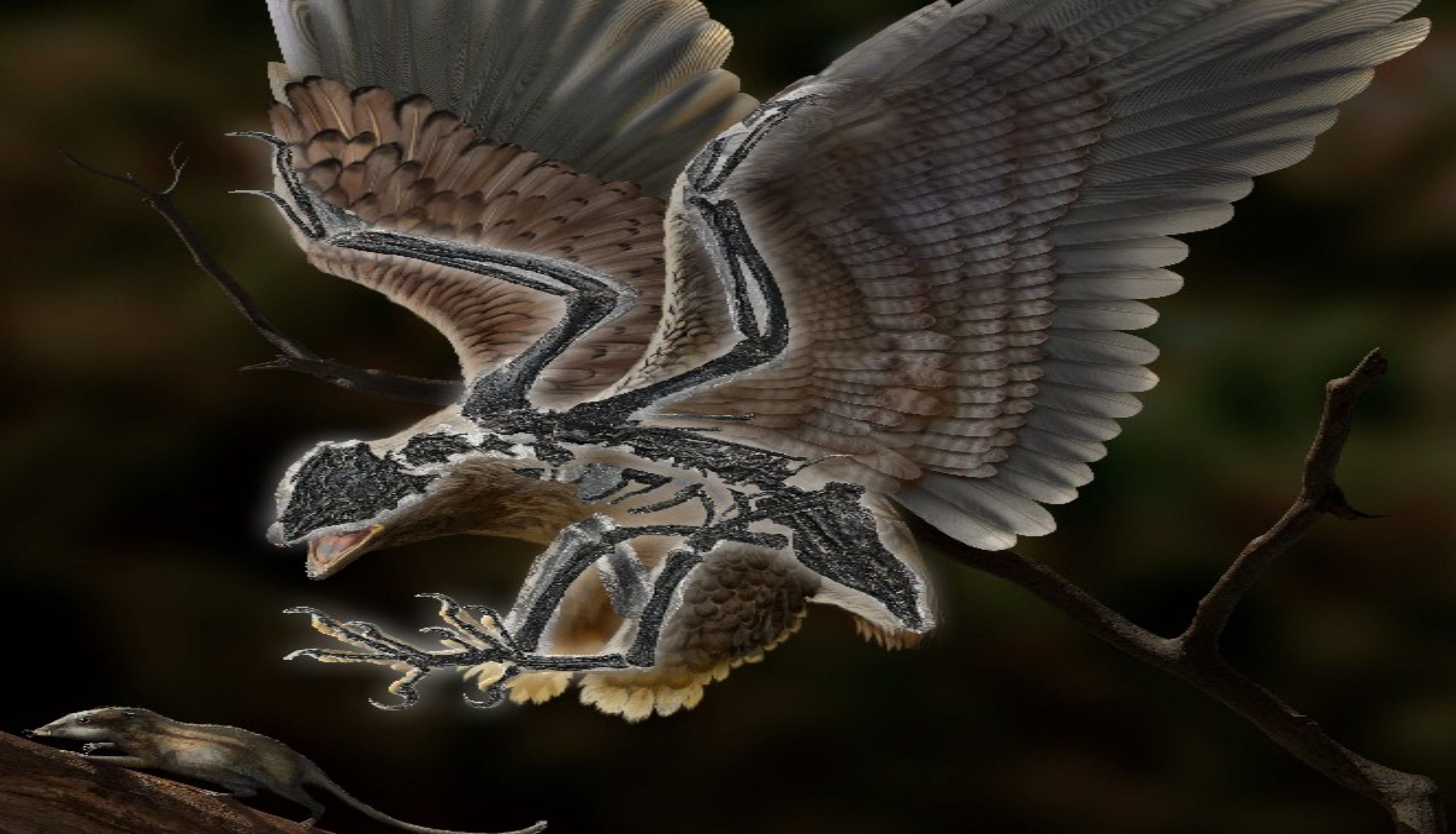
Researchers in China unearthed the fossil of Cratonavis. The ancient creature has the head of a dinosaur and the body of a bird. Here’s everything you need to know.
All you need to know about the ancient Cratonavis remains
Chinese researchers unearthed the fossil of a Cratonavis dating back 120 million years. The bizarre animal has the body of a bird and the head of a dinosaur. The discovery also complicates the debate about birds originating from dinosaurs. A team of researchers from the Chinese Academy of Sciences (CAS) excavated the fossil of the Cratonavis zhui from northern China. The animals had long claws and shoulder blades. Additionally, as per CAS researchers, the animal’s skull was almost identical to meat-eating theropods such as the Tyrannosaurus rex. The study is published in nature ecology and evolution.
Additionally, CAS researchers studied the fossil by performing high-resolution computed tomography (CT) scans. Hence, by using digital versions of the mineralized bones, they were successful in reconstructing the function and shape of the skull as it was during its life.
More on the similarities between animals of the past and present:
The result of CT scans revealed the similarity of the shape of Cratonavis and T-rex skulls. However, it was not very similar to the skulls of birds. In the evolutionary tree, the avian branch of the family tree containing dinosaurs, the Cratonavis is present between the long-tailed Archaeopteryx and the Ornithothoraces. The Archaeopteryx is more reptilian, unlike the Ornithothoraces that has more similarities with modern-day birds.
“The primitive cranial features speak to the fact that most Cretaceous birds such as Cratonavis could not move their upper bill independently with respect to the braincase and lower jaw, a functional innovation widely distributed among living birds that contribute to their enormous ecological diversity,” stated Zhiheng Li. Zhiheng is a co-author of the study and a paleontologist at CAS. “We trace changes of the scapula across the theropod-bird transition, and posit that the elongate scapula could augment the mechanical advantage of muscle for humerus retraction/rotation, which compensates for the overall underdeveloped flight apparatus in this early bird, and these differences represent morphological experimentation in volant behavior early in bird diversification,” explained Dr. Min Wang, a co-author.
